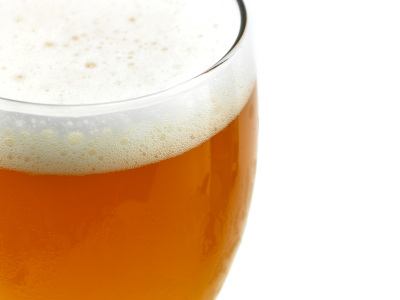We've Got Chicks!
/There is new life on the farm! We have eight baby chickens who hatched last week after 21 days in the incubator.
To prepare for the babies' arrival, we borrowed a heat lamp and metal trough from our friends Penny and Steve in Clayton. It's very important that new hatchlings be kept in a circular container in order to avoid anyone getting crushed in a corner (the birds have a tendency to "pile on" and stay huddled together). Water for newborns is kept in ice cube trays to prevent drowning; and food (specially formulated for babies) is kept in a small trough or in the ring of a waterer.
It was only hours after we'd stocked up on supplies that I went to check on the eggs and saw four had cracks. I was so excited, I kept vigil overnight in the room with the incubator. The next day around 10 a.m., one of the baby chick started to make her way out of the shell. It took the little lady about 15 minutes to break free from the shell: I became a mother! Later that day we had four more chicks; the next day, two more hatched.
When a chick hatches, it's very important to leave it alone while it dries off. A chick can live up to two days in an incubator after hatching, living off the innards of the egg it came from. Our chicks took 24 hours to dry off completely, at which point we moved them to the metal trough. We suspended the heat lamp approximately 18 inches off the ground, and adjusted accordingly. If the chicks are all huddled directly under the light, they are too cold and the light needs to be lowered. If they avoid the light altogether, that means it's too hot and needs to be raised. As the chicks grow, the light will gradually be raised more and more until it is no longer needed.
All told, we had eight chicks hatch from the eggs. Let’s hope they all love me as much as I love them!

















































































